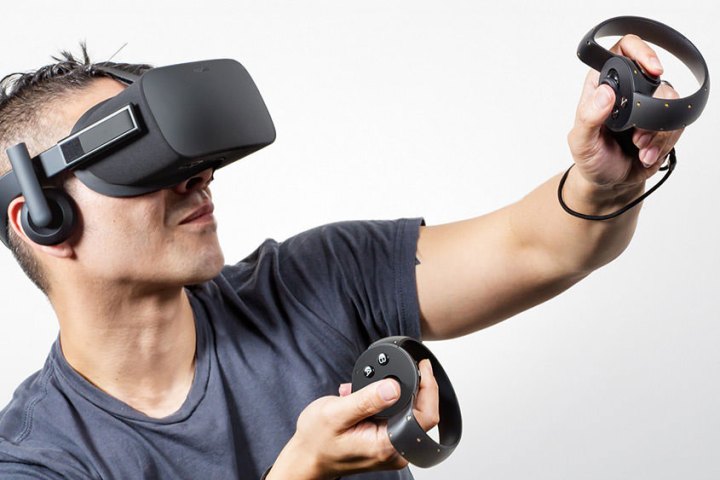
Room-scale VR means that instead of being restricted to a chair or a stationary area of standing, the headset will track movement across an entire room. Now, according to a recent tweet, it’s clear that Luckey wasn’t kidding around when he said Oculus Rift wasn’t incapable of room-scale VR.
Threw Oculus Sensors in opposing corners of this room for the hell of it. Works fine. pic.twitter.com/i5svKQWelp
— Palmer Luckey (@PalmerLuckey) December 14, 2015
That’s because, over the weekend, he decided to try it out for himself just “for the hell of it.” By placing two Oculus sensors on opposite sides of a 5-by-11 room, Luckey was able to emulate the tech so evidently cherished in the hardware Valve developed with HTC. The outcome, he says, is that it “works fine.”
While room-scale VR is possible with Oculus Rift, Luckey told Road to VR back at E3 2015 that the company isn’t trying to “push that as something for developers do.” He says that in doing so, Oculus would be limiting its audience “beyond a subset of a subset of users.”
“You have people who have PCs that are powerful enough to run VR (or willing to buy one), then of that set, people who are interested in virtual reality,” he explains. “[Developers] don’t want to narrow it then down to people who want to clear out large spaces in their homes.”
Nonetheless, what Luckey wanted to show here is that Oculus can support room-scale VR, not that it will. Moreover, as the company founder admitted on Reddit, it’s not the first time he’s tested this configuration. One user, skeptical that this was the first time Oculus had tried room-scale VR, took his apprehension to the Web.
“I don’t believe for a second that they just tried this now,” the user posted.
“You are right,” replied Luckey, “we tried it years ago.”
Whether this was the first time or not Oculus was used for room-scale VR, it’s unlikely to be the last. Even with the Vive delayed until April of next year, there’s undoubtedly going to be heated incentive for Oculus to reach for a competitive edge as we move into 2016.


